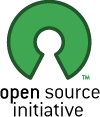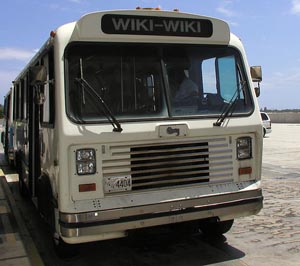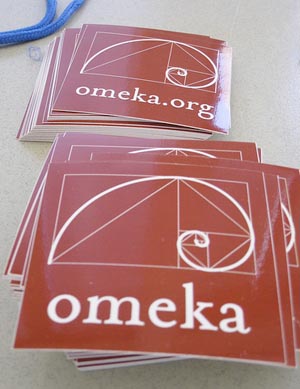From CUNY Academic Commons
Contents |
Introduction
This page reviews some interesting studies on Open Source demographics which provide insight into the make up of the community, as well as motivational factors which hold it together.
Demographics and Motivation in Open Source Communities
One question which von Krogh & von Hippel (2003) try to answer is why so many excellent developers contribute so freely to open source development. Their introductory article to Research Policy’s special edition on Open Source compiles a succinct review of four articles which concern the motivations of open source contributors (p. 6). Other more recent studies seem to bear out the findings von Krogh & von Hippel summarize.
Maas’ case study (2009) focuses on determining the factors that motivate members of OSS communities to collaborate. He chose the Apache Cocoon open source development community because it was an established group of around 60 active developers who do a variety of work, including development, bug patches, and documentation. He used an online survey with 42 questions designed to reveal both demographical and motivational information about the community’s members (p. 66). The average age was found to be 31.2 years. Mass divided the workers into two distinct clusters – those 37 years or older with many years of technology experience, and those from 19-31 years old, with less experience. He found the first group less anxious to learn new technologies, but more actively involved in the project’s day to day work. The younger members he found more interested in watching what is being done, and learning how to do it. This group was comparatively more interested in new technologies and “self-realization” (p. 68).”
The questionnaire revealed that on average, each developer works 3.1 hours a week on the project, and a surprisingly high percentage (74%) are paid by their regular jobs to participate. A common characteristic of both groups was resistance to bureaucracy, which members find a “distraction” from software development (p. 67). Maas concludes that a mature OSS project is able to attract highly trained experts in the field. Though members of Apache Cocoon project tend to work alone or with only a couple other developers, they have a great deal of trust in the skills of their peers, whom they expect to be highly skilled and altruistic (p. 69).
In their survey analysis, Lakhani & Wolf (2003) find that developers simply enjoy working on OSS projects, and while the experience may help further their careers, it is primarily the creative and intellectual stimulation which drives them to participate (p. 3). The authors provide a fine literature review on intrinsic and extrinsic motivations (p 4-8). One interesting piece of data from the survey reveals that 87% of the respondents did not get paid directly for their work, and yet 55% reporting working on the project during their regular jobs. Of these, more than half indicated supervisor awareness, and “tacit or explicit consent” (p. 9).
References
- Lakhani,K. & Wolf, R. (2003 9). Why hackers do what they do: Understanding motivation and effort in free/open source software projects. Retrieved March 1, 2010, from http://papers.ssrn.com/sol3/papers.cfm?abstract_id=443040
- von Krogh, G. & von Hipper, E. (2003). Special issue on open source software development. Research Policy, 32(7), 1149-1157.
- Maass, W. (2004). Inside an open source software community: Empirical analysis on individual and group level. Proceedings of the 4th Workshop on Open Source Software Engineering.
Related Pages
- Open Source Movement
- Open Source – Defect Tracking and Resolution
- Evaluating Open Source Solutions
- Open Source – Digital Libraries






